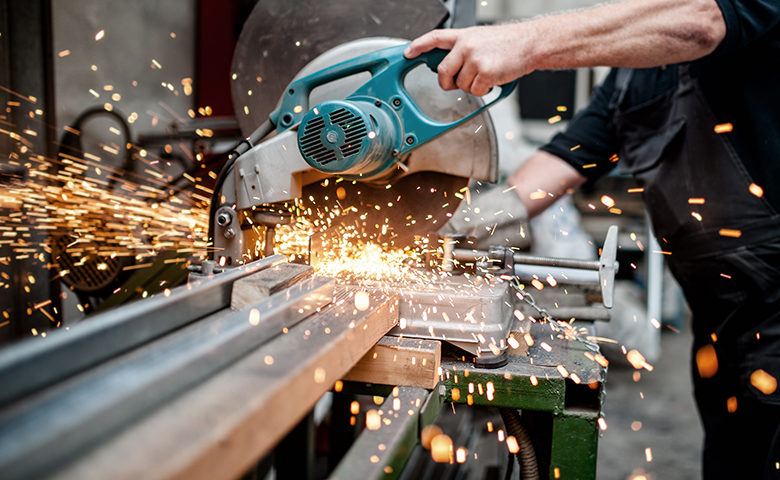Power saws can be quite dangerous power tools because of their potential for causing serious injury.
Unfortunately, lacerations and fractures are common among saw users and so are accidental amputations, many of which could be prevented if safety precautions and care were used. Table saws in particular are involved in so many safety incidents that they have their own specialized accident litigators—table saw injury lawyers.
Here is an overview of the dangers posed by power saws, as well as some suggestions on the safe use of power saws.
Table saws
Table saws account for tens of thousands of injuries per year, and about 10 percent of these are amputations. This is a shocking statistic, considering that guards can prevent many of these injuries.
The typical guard is frustrating to operate and users are often tempted to leave it off instead of struggling with mounting, aligning and adjusting it. And although there are technologies that can detect human tissue in the line of fire and immediately stop a saw blade, they’re not yet common or mandatory, so guards are a must.
Inexperience, too much experience, kickbacks and other factors all affect safety, and these issues make it important to diligently follow best practices for table saw use:
- Always wear eye protection.
- Never remove factory guards or safety controls.
- Clamp materials rather than attempting to hold them by hand.
- Each time you’re working with a material of a different thickness, reset the blade depth. Make sure that the tips of the teeth barely protrude past the material being cut.
- Use a featherboard that can safely move stock toward a moving blade while keeping fingers clear.
- Use a splitter (a narrow piece of metal that guides and steadies the wood after it passes through the saw blade) or a riving knife (which has teeth to grip wood if it kicks back as it passes through the blade).
- Stand outside the saw’s miter slots on each side of the blade. This way, any kickback will be more likely to pass by you.
Circular saws
Although circular saws are portable and convenient, their size and versatility can mean that they are underestimated as a hazard. For example, the fact that they’re small can make the danger of a kickback appear less serious than it is. Even if held and used correctly, circular saws can still cause multiple serious injuries if the item being cut is not correctly clamped.
Among power saws of various types, circular saws are one of the most commonly owned. But like with other tools, they must be used responsibly.
- Always wear safety glasses.
- Clamp your workpiece and always keep both hands on the saw.
- Use a sawhorse and make sure you’re cutting outside the sawhorse edges, never between the two rails.
- Each time you’re working with a material of a different thickness, reset the blade depth. Make sure that the tips of the teeth barely protrude past the material being cut.
Chainsaws
There are over 35,000 reported chainsaw injuries in the U.S. each year and more than a quarter of them are the result of a kickback. In general, chainsaw injuries can affect legs and knees, as well as the neck, shoulder, face and hands.
There are many reasons for these incidents, ranging from inexperience and complacency to poor judgment and lack of PPE. Chainsaw chaps and knee pads are a good investment that can not only save the wearer’s legs but prevent huge medical bills, as the average chainsaw injury requires 110 stitches.
- Get a pair of cut-resistant chainsaw chaps and wear them.
- Invest in face protection that, ideally, includes a hard hat, face visor and ear protection.
- Wear a sturdy pair of boots that cover the ankle (with good grip on the soles) and good work gloves.
The list of tips above is by no means exhaustive. Each tool has its own set of instructions that a user needs to be familiar with, so learning those is vital. Also, the importance of using proper PPE cannot be overstated. PPE can save lives and prevent injuries when other precautions fail or are not taken.
The likelihood of being injured by a power saw depends on how safely it’s used. Following manufacturer’s instructions and always working with safe practices in mind can prevent thousands of power-saw injuries every year.

